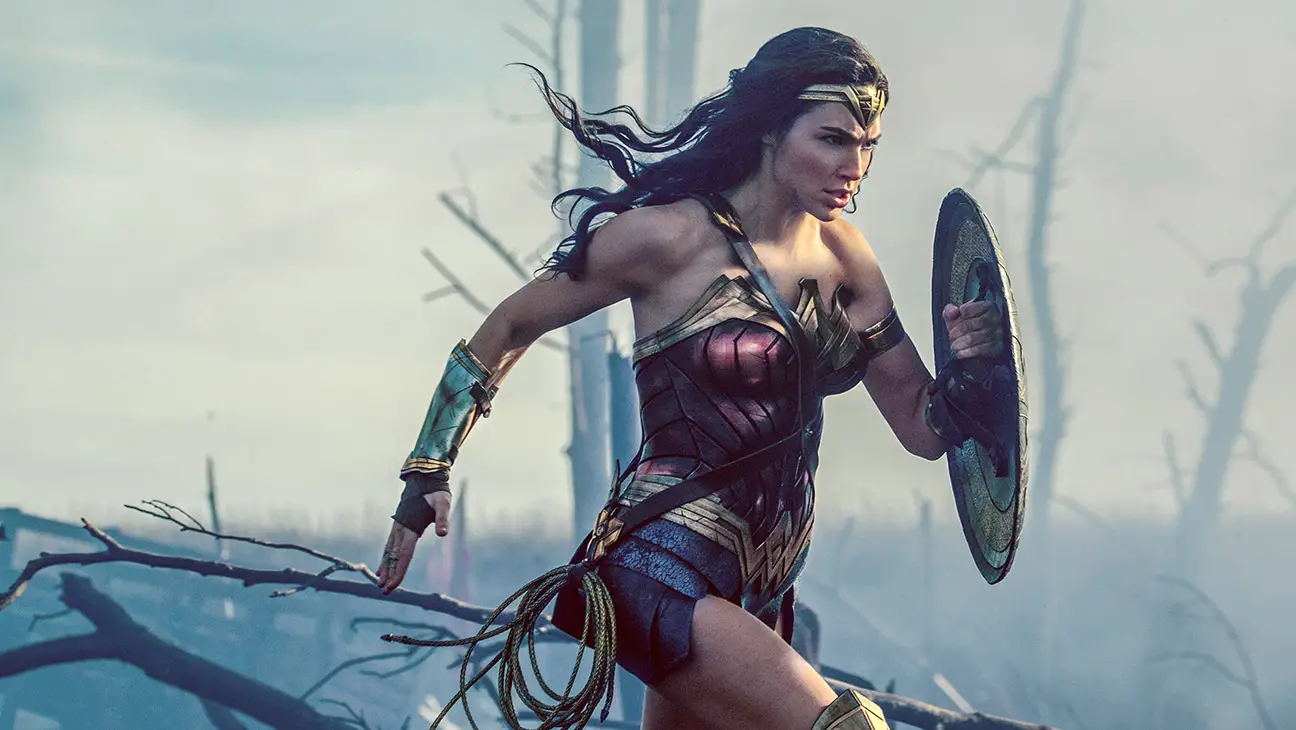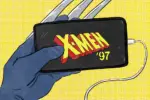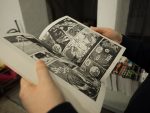Shattering Stereotypes
It’s your move, Marvel.
By Ben Seidel, St. Olaf College
Putting it generously, Warner Bros. and D.C. Comics’ grand plan for developing a cinematic universe to compete with that of longtime rivals and film industry titans, Disney and Marvel, began poorly.
Following much fanfare and anticipation prior to release, Zack Snyder’s “Man of Steel” ended up as a thematically confused and tonally inconsistent disappointment. The film turned Superman, arguably the most iconic symbol of hope in the superhero canon, into a brooding, lifeless bore, more concerned with his own life problems than using his superpowers to selflessly help others.
The introduction to D.C.’s new direction was divisive, but any fans who opted to remain optimistic were abruptly alienated in 2016 when the studio delivered two consecutive train wrecks in the incomprehensible “Batman v. Superman: Dawn of Justice” and the awkward “Suicide Squad.” Both films, marred by critics, attempted to compress Marvel’s careful, deliberate process of character introductions and motivations into a mere two films, resulting in bloated messes containing plots and character arcs that were nearly impossible to follow. D.C. had taken three swings and missed every time; like in baseball, many speculated that they had no remaining chances to spare, a cinematic universe doomed to fail from its very inception.
However, through all the critical bludgeoning and YouTube rants, one thing remained universally accepted as arguably the lone positive element of D.C.’s new creation—the introduction of Wonder Woman. Upon casting the untested Gal Gadot as the iconic Amazonian princess, producers of “Batman v. Superman” were met with backlash by fans, but doubts faded upon release, as Gadot proved herself to be one of the few likable elements in an otherwise disastrous film.
Smart, sexy and capable, Gadot’s dramatic entrance into the movie’s final confrontation is easily one of its highlights, and though her screen time in “BvS” is limited in favor of the sulking titular duo, her presence and impact were felt among the D.C. fandom just enough to revive lingering feelings of excitement for her upcoming 2017 standalone film. Under the guidance of Gadot and director Patty Jenkins, perhaps with “Wonder Woman” D.C. could pull a rabbit out of its hat and finally produce a worthy superhero flick.
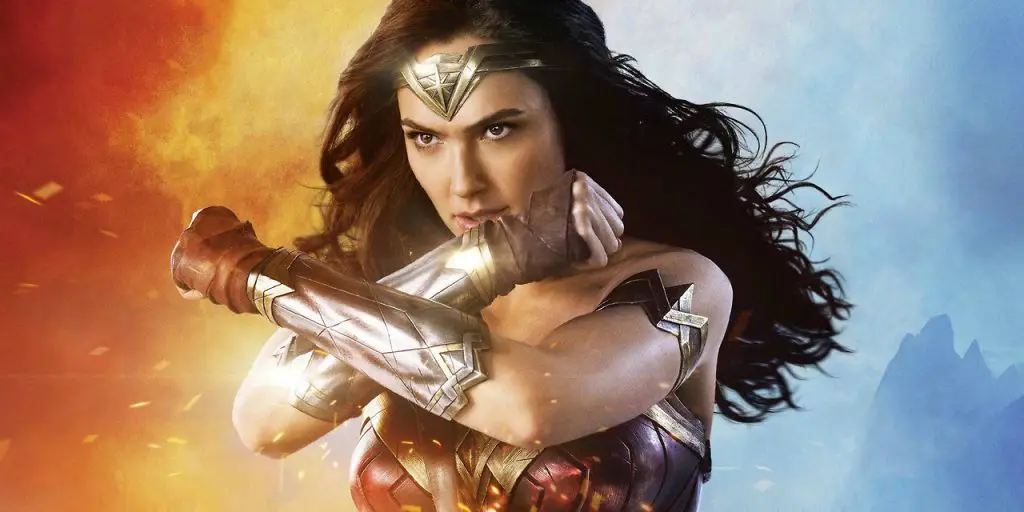
Lo and behold, that last shred of hope has proven to be prophetic; where Batman and Superman have failed, “Wonder Woman” has succeeded, finally giving D.C. a worthwhile cinematic entry that inspires its audience rather than depressing it. The first superhero film starring and directed by women, itself the first accomplishment D.C. has beaten Marvel to the punch with, the movie represents a crucial step toward improved female representation in Hollywood by empowering and uplifting women, without having to resort to depicting men as weak the way “Ghostbusters (2016)” did a year ago.
With its firm grasp on the superhero identity and feminist ideology, “Wonder Woman” is easily D.C.’s best movie since “The Dark Knight” and one of the finest films of its genre, capable of going toe to toe with the majority of Marvel’s modern works and potentially salvaging a cinematic universe previously on life support.
A quick comparison of Henry Cavill’s Superman and Gadot’s Wonder Woman reveals why the former is largely detested and the latter is universally beloved. In “Man of Steel,” Jor-El sends his son, Kal-El, to Earth during Krypton’s destruction, explaining that the baby in his arms is destined for greatness and that he will represent a God to the people of his new planet. Upon growing up and discovering the Fortress of Solitude, Kal-El learns of this vision his father endowed to him at birth, donning the signature red cape with the intention of unleashing his powers and discovering the man he was supposedly always meant to be. During his adolescence, Kal-El’s adoptive father, Jonathan Kent, preaches that it’s best to hide his alien abilities for self-preservation purposes, even claiming that it’s better to let a bus full of children perish rather than revealing his abnormalities to the world.
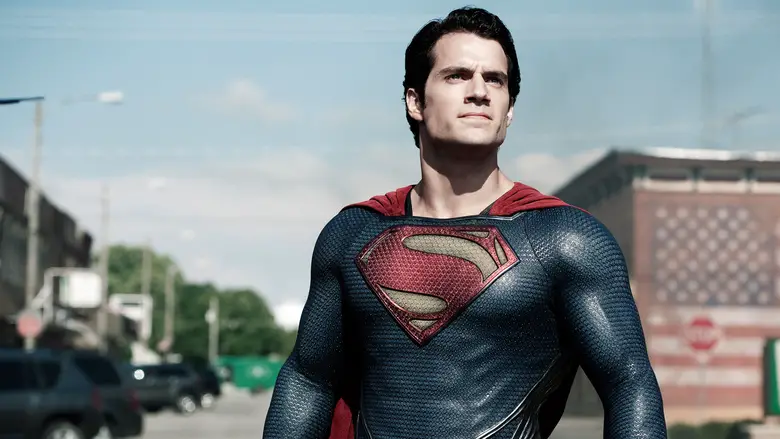
Everything taught to Superman from birth emphasizes his importance as a supernatural individual, distanced from the society around him. Thus, rather than using his powers to selflessly save others as he does in the comics and classic Christopher Reeve films, he spends his youth in brooding agony, demanding separation and isolation from anyone not named Lois Lane, and even threatening a military officer when he discovers satellites trying to spy on him.
As such, the film’s final fight is more of a personal squabble between Superman and General Zod, regarding the status of Kryptonians as a higher form of life, a fisticuffs bout that levels Smallville and Metropolis, likely killing hundreds of thousands of citizens off-screen in the process. Rather than helping people and inspiring good in the typical superhero mold, Superman devastates human life around him. The “S” on his costume stands for hope, but the film makes it practically impossible for anyone to admire, much less root for, the destructive, self-absorbed man of steel.
In contrast, “Wonder Woman” portrays Diana of Themyscira as an entirely selfless Amazonian warrior who is primarily concerned with preserving humankind, prioritizing the safety of anyone who may need her help. When Chris Pine’s Steve Trevor crash-lands off the shores of her home island, Diana jumps into the water without a second thought, saving a complete stranger with no regard for her personal preservation. When she learns of World War I, she insists on leaving the sheltered comfort of Themyscira to slay the god of war, Ares, and restore humankind to tranquility. Upon arriving at the trenches, Trevor argues that the greater good is elsewhere and that Diana stopping to save the miserable soldiers is as fruitless as it is impossible.
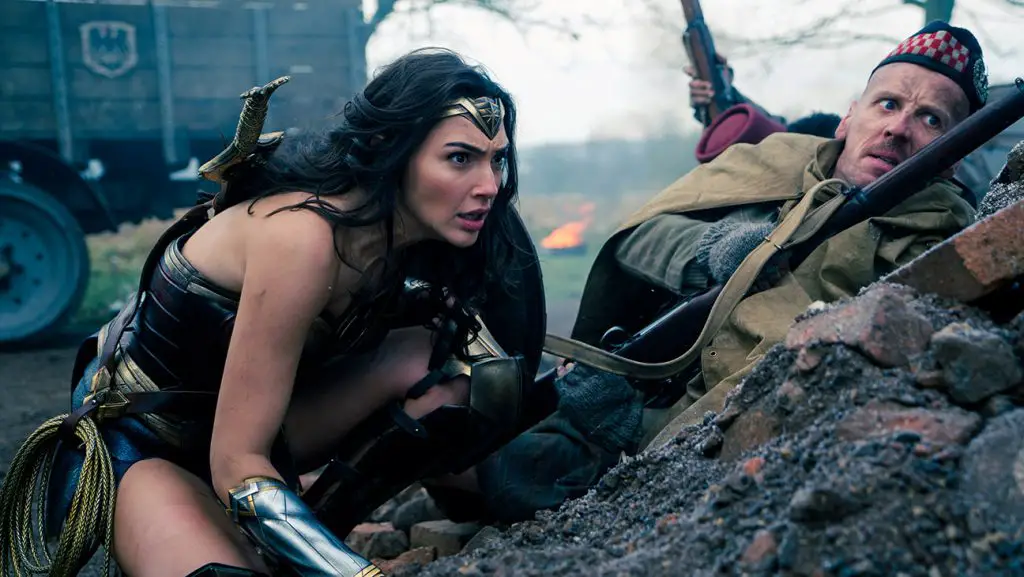
However, she scoffs at this notion of futility by jumping out of the trench and charging at the opposing lines, directing the majority of the enemy gunshots to her shield and shouldering tremendous physical strain to allow Trevor and the others to advance and put an end to the conflict. During this breathtaking action sequence, Diana exposes her costume/armor for the first time and her theme song from “Batman v. Superman” blasts in the soundtrack; she has become Wonder Woman, embodying the selflessness and hope of a likable superhero whom the audience can support and respect.
In this regard, Diana is the complete antithesis to Kal-El; she’s concerned with helping others, she strives to inspire hope and the only people she kills are those who have inflicted heinous brutality upon humankind. It’s no surprise that audiences have embraced her while adopting apathy toward Superman; she’s easily the most likable character in D.C.’s cinematic universe.
Beyond its contributions to D.C., “Wonder Woman” is a crucial stepping stone for enhanced female representation in the film industry. In addition to being the first superhero movie directed by a woman featuring a female in the lead role, it perfectly understands feminist ideology in ways that other franchise films seem unable to grasp. Take “Ghostbusters (2016),” for example.
The reboot of the 1984 classic is famous for its utilization of a female-led cast, using Saturday Night Live stars like Kristen Wiig and Kate McKinnon to replace the old, male-dominated cast composed of comedians like Bill Murray and Dan Aykroyd. Director Paul Feig advertised the film around female empowerment, but, in an attempt to further lampoon gender roles within the industry, the film cast Chris Hemsworth as the crew’s absurdly moronic receptionist, a caricature so intellectually challenged that one wonders how he could possibly function in everyday life.
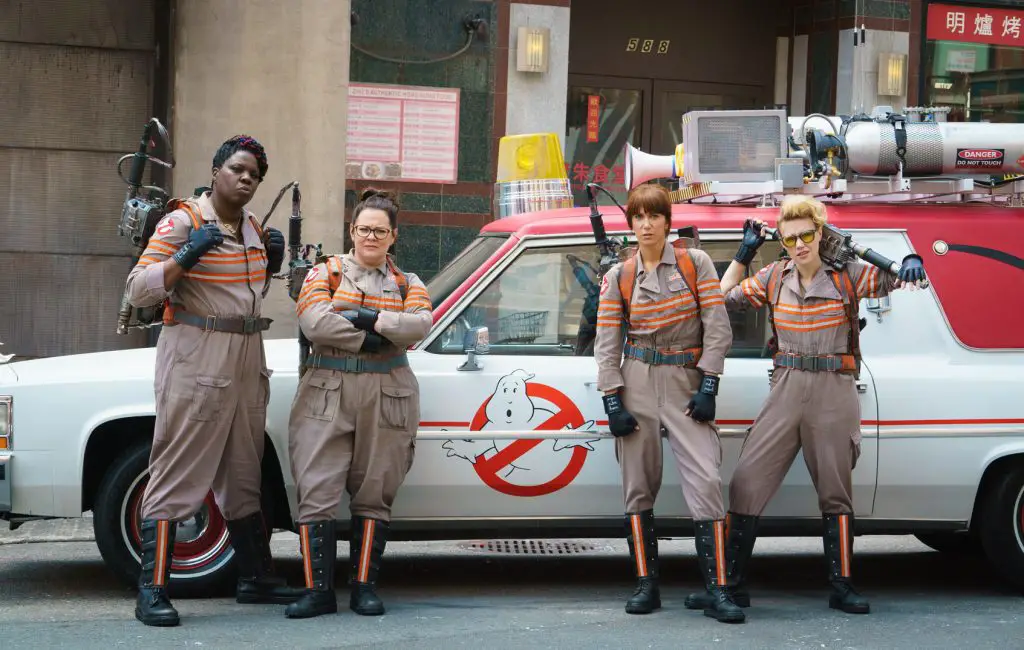
The film’s commentary here is clear, but it also undermines its feminist intentions by emphasizing the ineptitude of men rather than truly empowering its female characters. “Ghostbusters (2016)” is a film that doesn’t understand this key concept: In order to give female characters more power and agency, it is necessary for them to exhibit strength, rather than the men around them to simply exhibit weakness.
When the latter occurs, everyone is equally misrepresented and nobody is happy; furthermore, this strategy still places the emphasis on male characters, which is counterproductive. The former philosophy ensures accurate representations of both men and women in film, equaling the playing field in a positive manner. One is equality resulting from empowerment, while the other is equality resulting from ridicule. “Ghostbusters (2016)” regrettably embraces male weakness; fortunately, “Wonder Woman” is more productive.
Diana undoubtedly possesses superior strength to any other character in the film, and she undergoes a believable human character arc that sees her shunning the malices of humanity in favor of love and hope, exuding tenacity and perseverance that make her one of the strongest female protagonists to ever carry a big-budget Hollywood blockbuster. However, “Wonder Woman” doesn’t make Steve Trevor, its male lead, appear incompetent in a halfhearted attempt to empower the titular hero; she’s more than able to do that on her own. As a result, Trevor, too, becomes a compelling character in his own right, a valiant spy willing to make tremendous sacrifices for the betterment of humanity.
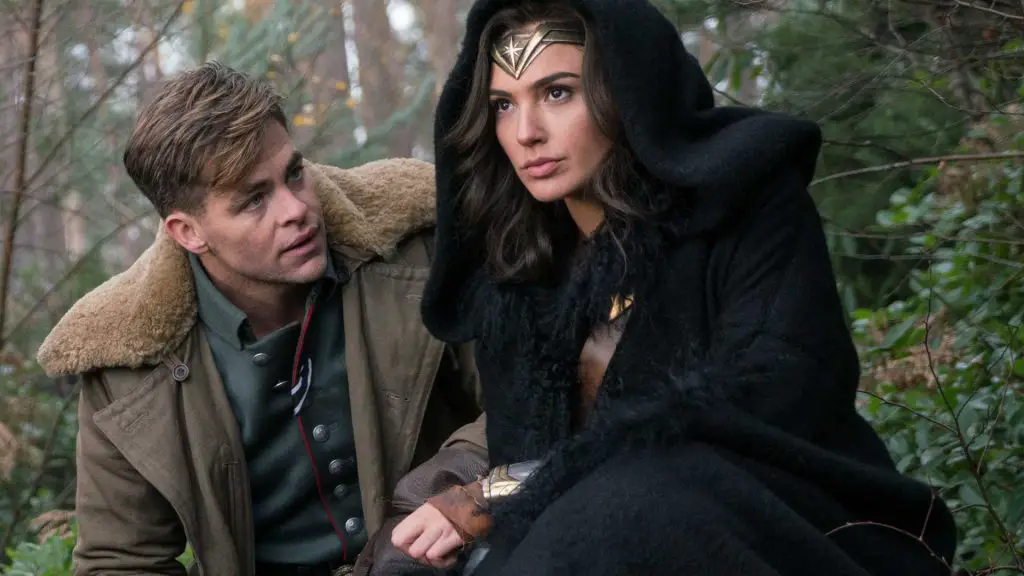
Their relationship is one of mutual respect, Diana teaching Trevor the history of the Greek gods, the value of standing up for one’s beliefs and the physical capabilities of women, while Trevor instructs Diana on the warmth of human connections and the morally gray realities of the world. Neither is depicted as inherently superior to the other based solely on their genders; neither is shamed for being either a man or a woman. Both exude admirable levels of strength and believable levels of weakness in their own individual way. Watching them interact, it’s easy to see why “Wonder Woman” succeeds as a feminist film where others have failed: Its lead characters are written as complex people and empowered equals.
“Wonder Woman” is a delight to behold for any superhero fans starved for a great D.C. film with a protagonist worth caring about, and any filmgoers who desire a quality example of feminism within an industry commonly criticized for unequal gender representation. With Jenkins’ film, the D.C. cinematic universe, previously sapped of life by its atrocious stories and lackluster characters, finally has some momentum. For the first time in the modern era of superhero films, after what seems like an eternity of dominance, the ball is now in Marvel’s court.


